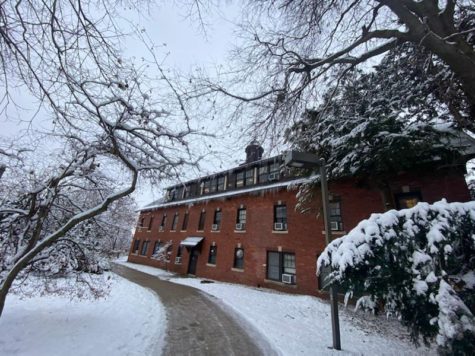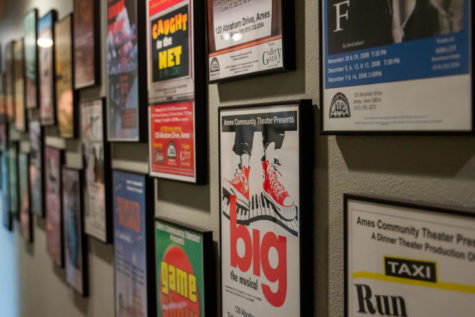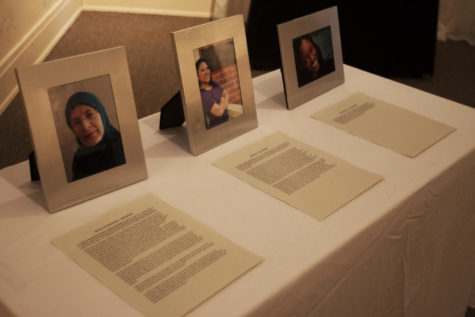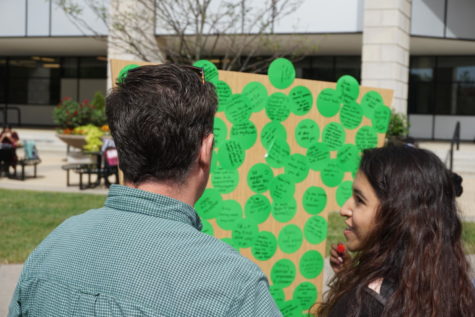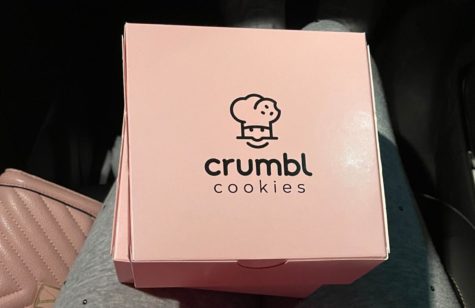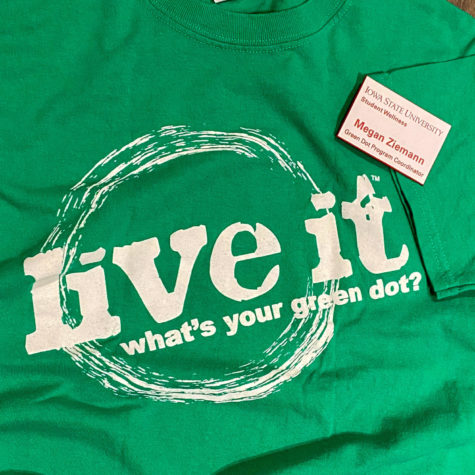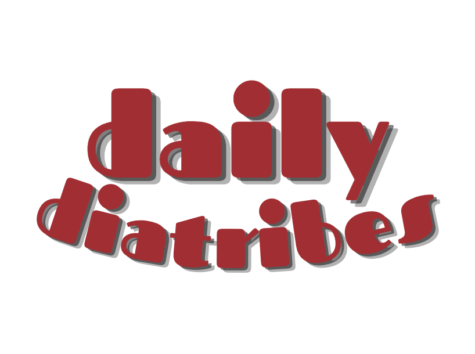Make a good resume
October 13, 2014
One document that should’ve been created a while ago, but never got around to it. That simple piece of paper that points out experience and capabilities, a resume.
“You can make a generic resume that says the skills or work history you have, but if you’re not tailoring it to that specific job then you might be missing the opportunity,” said Jill Bohle, graduate assistant teacher for business and english.
Look at the job ad closely and determine what the employer is looking for. Find keywords that are emphasized continuously in the ad such as “collaborate,” then highlight your previous experience of working with a team.
“Successful resumes I’ve seen are ones that pay close attention to the specific job you’re applying for,” Bohle said.
Give the audience what they’re asking for.
Compare other resumes within your field to use as an example. Determine what experience is needed for a position then start building from there.
Style the resume in a way that appeals to the reader.
“The places of emphasis are things at the very beginning and very end,” Bohle said.
Highlight your best abilities by placing them in the top and bottom target areas. Employers are more likely to look there, so ensure that your most important information is seen.
But don’t go cluster everything in that target space. Think of the target areas as an attention getter, to draw them in to read more. Instead of the attempt to make them read it all.
Lastly, make sure you and another person proofread it several times. Find someone who is familiar with editing or resumes to get the best outcome possible.
“You never want any errors,” said Ben Jones, a supply management graduate and John Deere employee. “When employers get hundreds of resumes it’s easy to throw out ones with glaring mistakes.”







